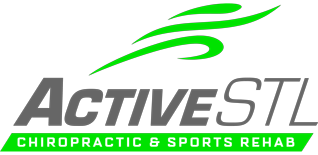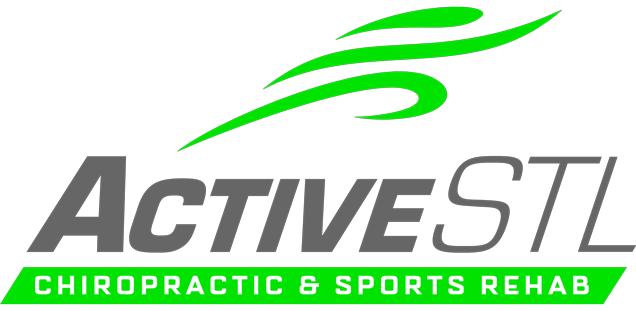Low back pain: bulge vs herniated disc
The visual that comes to mind when thinking of low back pain is a person half-bent over with a hand on the sore spot of their back. Many of us can relate to this image and you may recall feeling severely limited or even helpless during the acute phase of your last episode. Feelings of pain and helplessness are some of the reasons why low back pain is of the most common causes for patients to seek emergency care!1
In fact, over 80% of people have experienced at least one episode in their lives, and up to a quarter of adults have experienced low back pain in the last three months2,3! That’s pretty… painful to think about, actually.
On top of this, chronic pain is considered the second most common form of disability worldwide,3 and one of the most common causes for adults to see a family physician.4
In the past, patients were told to “take it easy” during a flare-up. They may have been prescribed bed rest by their family physician, thinking that avoidance of movement would help relax spasming muscles and ease the pain to more tolerable levels.
However, times have changed. Treatment guidelines instead recommend specific exercise, gentle stretches, and other ways of staying active during the recovery process. Total bed rest is to be avoided.
Bulge vs Herniation
Several of our patients have received an MRI before they ever arrive at our office, so some people already know they have a disc bulge or a herniation. In most cases, these patients have not been explained what the difference is and why the difference matters. We must know that not all back pain will be present for the remainder of your life and just because you have been told you have a bulge or herniation does not mean surgery is the only option you have for treatment!
Here is a quick run-through of what a normal disc looks like, what a disc bulge looks like, and lastly a herniation.
If you have had the unfortunate experience of having the sharp back pain that doesn’t allow you to stand up fully, you can relate to the idea of not being able to find a comfortable position. Every move sends breathtaking pain through your back and legs.
This is where our lists of Do’s and Don’ts comes into play!
Don’ts
- Do not bend down to “stretch” your low back! (It could actually make your pain worse)
- Do not lift anything heavy from the ground, especially if you are bending from your back and twisting.
- Do not sleep in a ball or with one leg bent up and over onto the bed
- Do not curl up to get off the couch or to get out of bed.
Check out the video below to catch a bonus at the end. We discuss how to get up off the couch or bed.
Do’s
- Lay flat on your back with your feet on a chair. This is especially important for those that find themselves crippled on the floor.
- Move through extension exercises
- Chin on fists
- Mini-cobra
- Full-cobra
- Repetitive cobra’s
Before performing these exercises there are a few things you should pay attention to:
- While performing the exercises it is common to experience pain throughout the exercise. Often after multiple repetitions, the pain intensity will begin to decrease. If you perform the exercises and the pain gets worse and stays worse these exercises may not be right for you.
- If you are experiencing symptoms in your lower extremity, these exercises may also help reduce those symptoms. As you perform repetitions, pay attention to the intensity of the pain in your leg. Has it been improving? Does the pain travel as far as it did when you began? If either of these occurs continue with more sets and repetitions. These exercises may be right for you. It should be noted that even if symptoms in the lower extremity begin to trace back up the leg or decrease, it is not uncommon to simultaneously have increased pain in the low back. It sounds counterintuitive, but increased back pain is not always a bad sign when the pain in your leg is improving. Typically, when there is radiating pain in the lower extremity, to get rid of the pain completely (from the leg AND back) the leg pain must be eliminated first. While performing these exercises, we often see the pain tracing up the leg towards the back becoming more intense, but over a smaller surface area. The smaller the area of pain, regardless of intensity, the closer you are to abolishing it completely.
Let us be clear, this is just the beginning steps on a journey. There will be many progressions that will need to be made after this foundation is laid to help one fully recover from their injury. There are many different directions people need to perform these exercises if changes are not being achieved. It is recommended that you seek medical care if you can relate to any of the information shared in this blog. Do not wait until your next flare-up to seek help. Be pro-active and start asking the questions while you are feeling strong and healthy, that way if a flare-up occurs you will know how to effectively manage it on your own.
References
- “Back pain fact sheet.” (2014). National Institute of Neurological Disorders and Stroke. Retrieved March 2020 from: https://www.ninds.nih.gov/Disorders/Patient-Caregiver-Education/Fact-Sheets/Low-Back-Pain-Fact-Sheet
- Allegri, M., et al. (2016). Mechanisms of low back pain: a guide for diagnosis and therapy. F1000Research, 5, F1000 Faculty Rev-1530.
- Casazza, B. (2012). Diagnosis and treatment of acute low back pain. Am Fam Physician; 85(4): 343-350.


